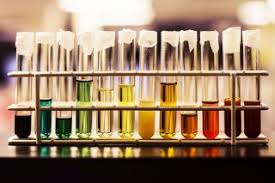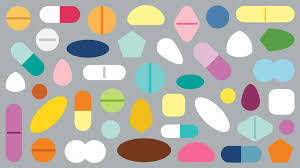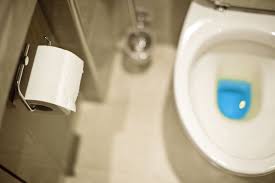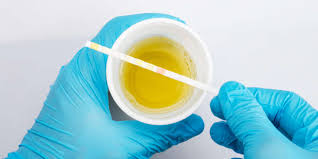Color and transparency is an essential part of routine urine testing. Normal urine should be clear and transparent sterile liquid. The color varies from dark yellow to light yellow to colorless according to the amount of drinking water. If the color of urine changes significantly, suggesting that there may be physical problems. The reasons for the apparent change of urine color mainly include diet, medicine, and disease. Today, we will introduce some special urine color and its causes.

Red urine
When it comes to red urine, we should first think of hematuria, which is also called blood in the urine. Red urine includes naked hematuria and microscopic hematuria. The former has more blood cells in the urine, which can be observed by naked eyes, and there is a full vision of red blood cells under a microscope.
The latter has little difference between naked eyes and normal urine and needs the help of microscopy to see a large number of red blood cells. Hematuria usually indicates problems in the kidney, bladder or prostate, such as renal tuberculosis, renal tumors, kidney stones, urinary tract infections, urinary tract stones, cystitis, etc.
In addition to hematuria, some drugs can also cause urine reddening, such as indoline, daunorubicin, warfarin sodium, phenolphthalein, vitamin B, and so on. Some foods can make urine red, such as rhubarb, beet or beetroot, carrot, blackberry, etc.
Overeat of these foods, and food pigments will be excreted through the urine, make urine red. Typically, people do not need special treatment, and they need to drink more water, promote the excretion of pigments.
Orange urine
Dehydration, hepatocellular jaundice or obstructive jaundice will also make the color of urine orange. Besides, the consumption of rhubarb, beet, blackberry, and so on will also make the urine show orange.

Green or blue urine
Blue urine and green urine usually do not have distinct color boundaries, because blue pigments with yellow will appear green. When the urine contains bilirubin, it will oxidize to biliverdin, and the urine will be green. When the urinary system is infected with Pseudomonas aeruginosa, the urine will be green. Primary hypercalcemia will also make the urine green.
Some drugs and foods can also turn urine to green or blue, including the antidepressant amitriptyline, indomethacin, propofol, methylene blue, asparagus, black licorice, and so on. Viagra, the famous blue pill, also makes urine blue.
Black urine
Black urine can be seen in patients with Hemoglobinuric Fever, is a complication of Plasmodium falciparum. This disease will destroy a large number of red blood cells, produce hemoglobinuria, make the urine red or black.

Blackuria is another disease that makes urine black. Blackuria is a congenital hereditary disease. Because of the lack of uric acid oxidase, the intermediate metabolite of phenylalanine and tyrosine, uric acid, can not be further oxidized and decomposed. When the urine is excreted from the body, it is oxidized in the urine, so the urine looks black.
In addition, some foods such as aloe, broad beans, rhubarb, fruit containing more sorbitol will make the urine black when consumed in large quantities. Some medicines, such as iodine-containing drugs, anti-malarial drugs such as quinine, mesosoma will also cause black urine.
Purple urine
Purple urine is frequent in purple urinary bag syndrome, which is a relatively rare clinical phenomenon. The purple urine is mainly caused by the mixture of indigo (blue) and indirubin (red), the end product of intestinal indole metabolism.
White urine
1. Chyluria: It is mostly milky white due to lymphatic obstruction, which causes chyle to enter the urine. It is usually seen in patients with filariasis, but also in tumors, tuberculosis, thoracic, and abdominal trauma caused by perirenal lymphatic circulation disorders, etc. This kind of urine can be examined through the chyle test to come.

2. Crystalline urine: When the urine contains a large number of amorphous salts crystals, it will make the urine opaque. These salts crystals include phosphate crystals and uric acid crystals. When the urine is alkaline, it is easy to produce phosphate crystals. When the urine is acidic, it is easy to produce uric acid crystals.
The method of identification is to add acetic acid or heat to dissolve the salt crystals and remove the turbidity. This kind of crystalline urine is related to diet and generally belongs to normal conditions without treatment.
3. Bacterial urine or pyuria: When people have urinary tract infection, pyelonephritis, cystitis, there will be a large number of bacteria, and pus cells in the urine. If it is urinary tract infection such as cystitis, patients can be treated with Diuretic and Anti-inflammatory Pill to get rid of them.

